While gardening can be a delightful hobby and a sustainable way to source fresh produce, there are surprising legal restrictions on what you can grow in your own backyard. This article explores a variety of common foods that, surprisingly, are illegal to cultivate at home in some parts of the world. From everyday fruits to staple vegetables, we’ll uncover why these restrictions exist and what makes these seemingly innocent plants subject to such unexpected legal scrutiny.
Cashew Nuts
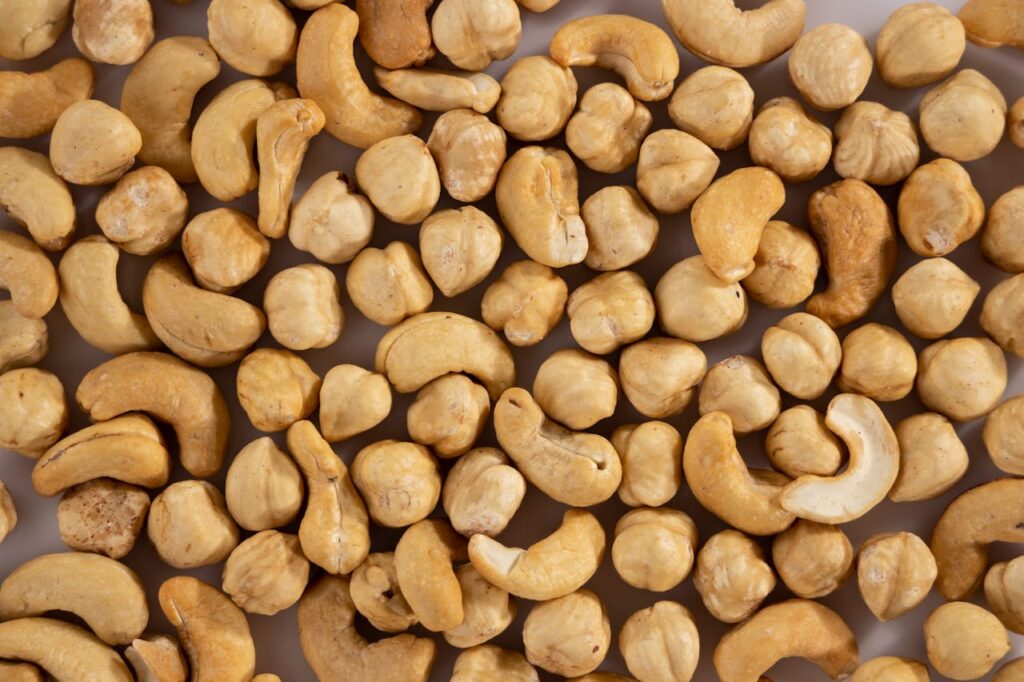
Cashew plants contain urushiol, a chemical also found in poison ivy, which can cause severe allergic reactions. Because processing cashew nuts to remove the toxin requires professional handling, growing them at home is often prohibited.
Quinoa
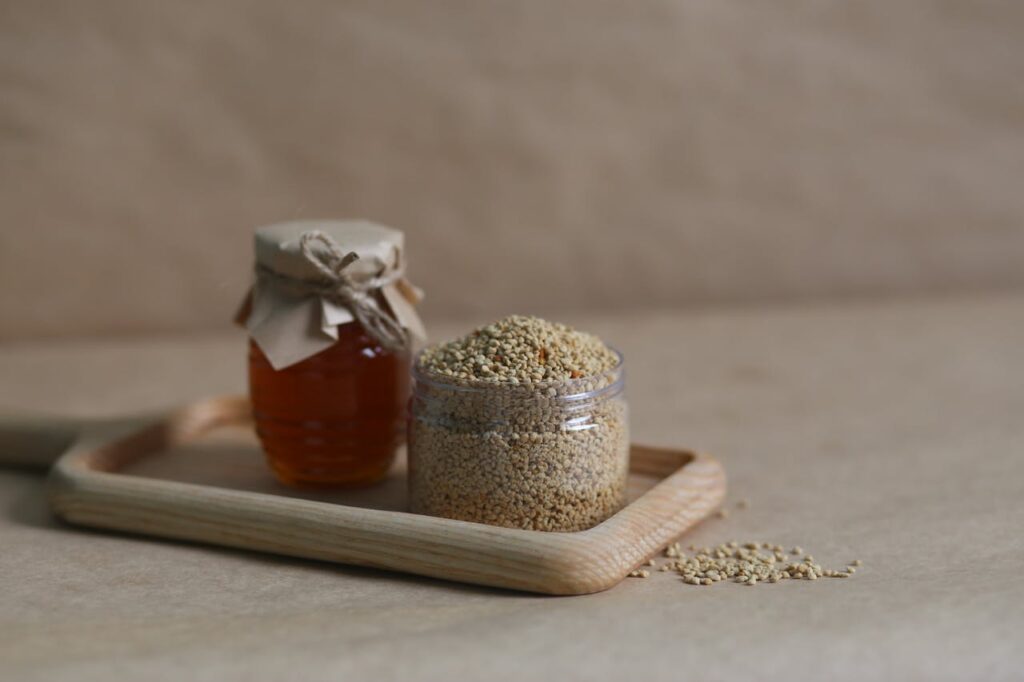
In some regions, the cultivation of quinoa is restricted to protect local biodiversity. Quinoa crops can be very water-intensive, potentially threatening the sustainability of small ecosystems.
Hemp
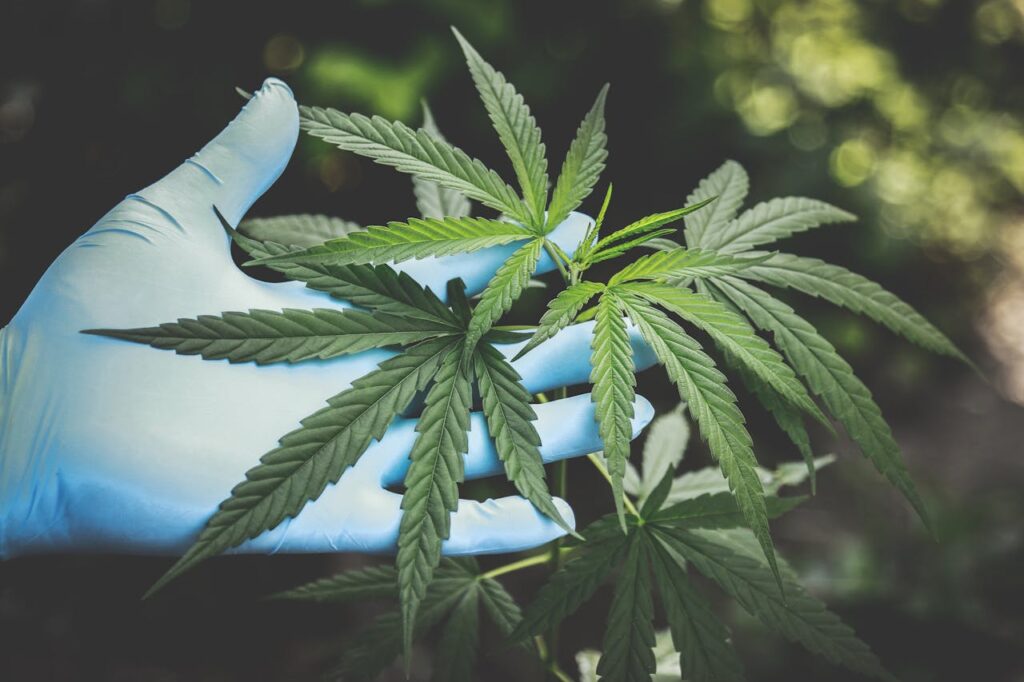
Despite its increasing legality in many areas, hemp is still regulated due to its similarity to marijuana. Without proper licensing, growing hemp is illegal due to its psychoactive cousin.
Poppies
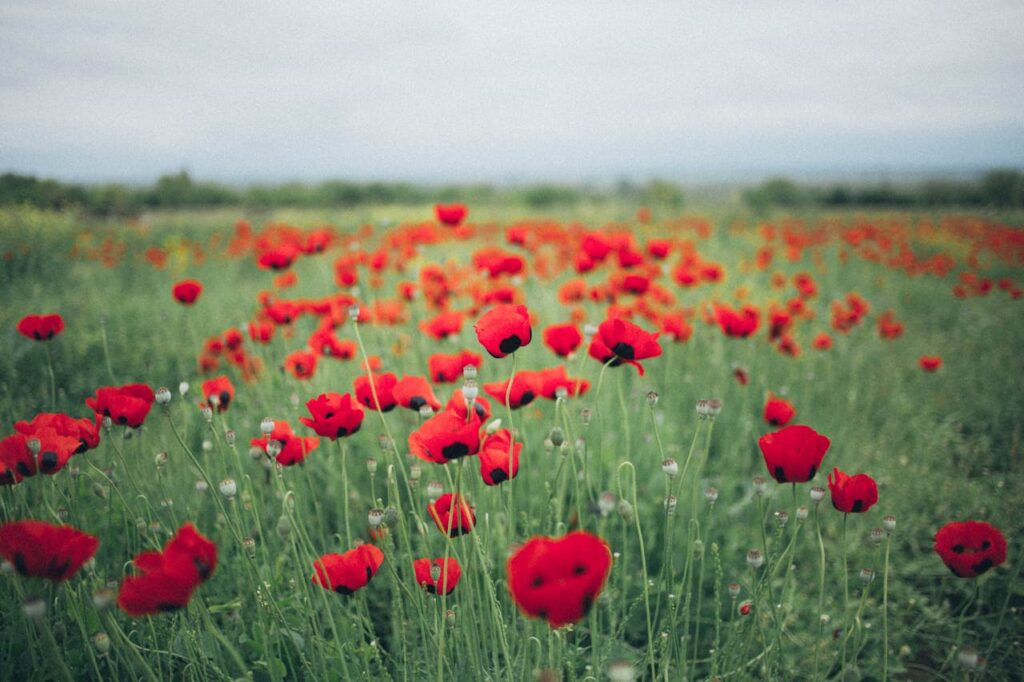
Certain species of poppies are illegal to grow as they can be used to produce opium. Even if grown for ornamental purposes, poppies can attract legal scrutiny if they are capable of producing narcotics.
Peyote
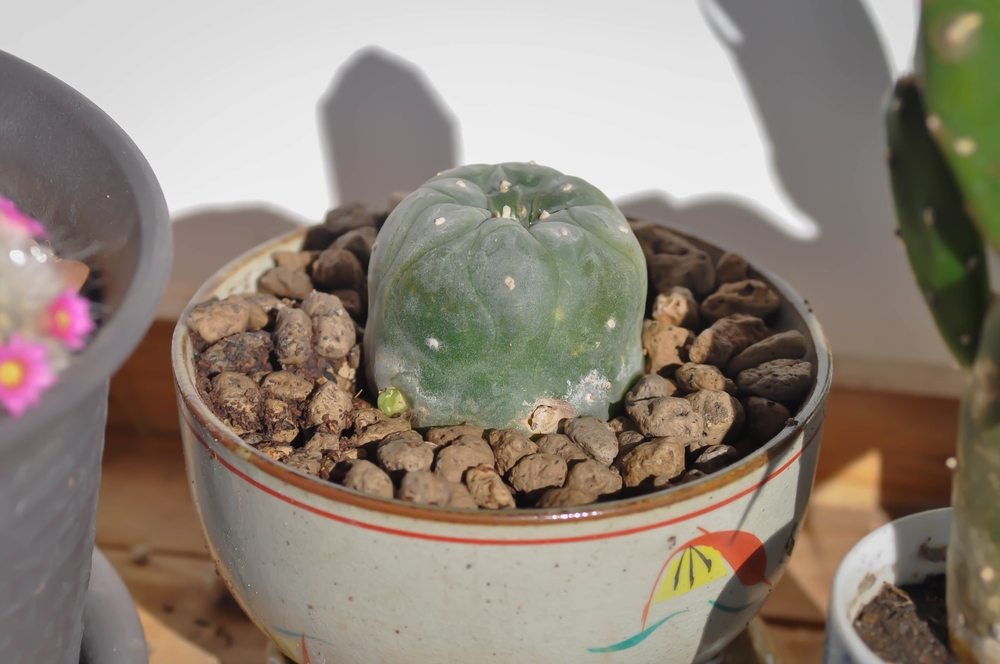
This cactus is a source of the psychedelic drug mescaline. Due to its psychoactive properties, peyote cultivation is generally restricted to certain indigenous groups for religious purposes.
Durian
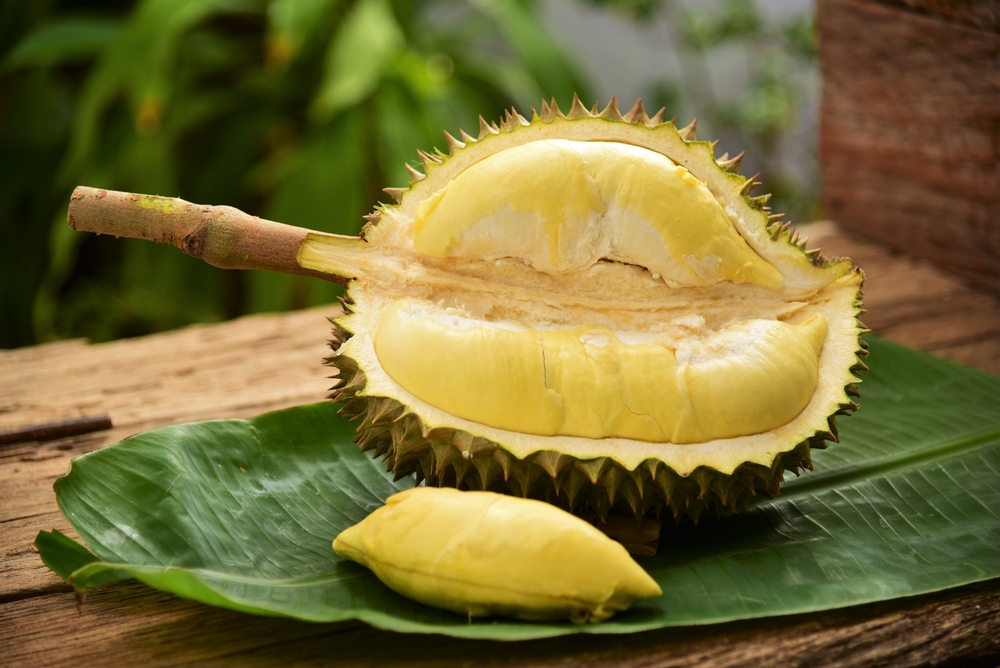
Known for its overpowering smell, some local jurisdictions ban growing durian to prevent the odor from affecting neighborhoods, which can be quite pervasive and unpleasant.
Kava
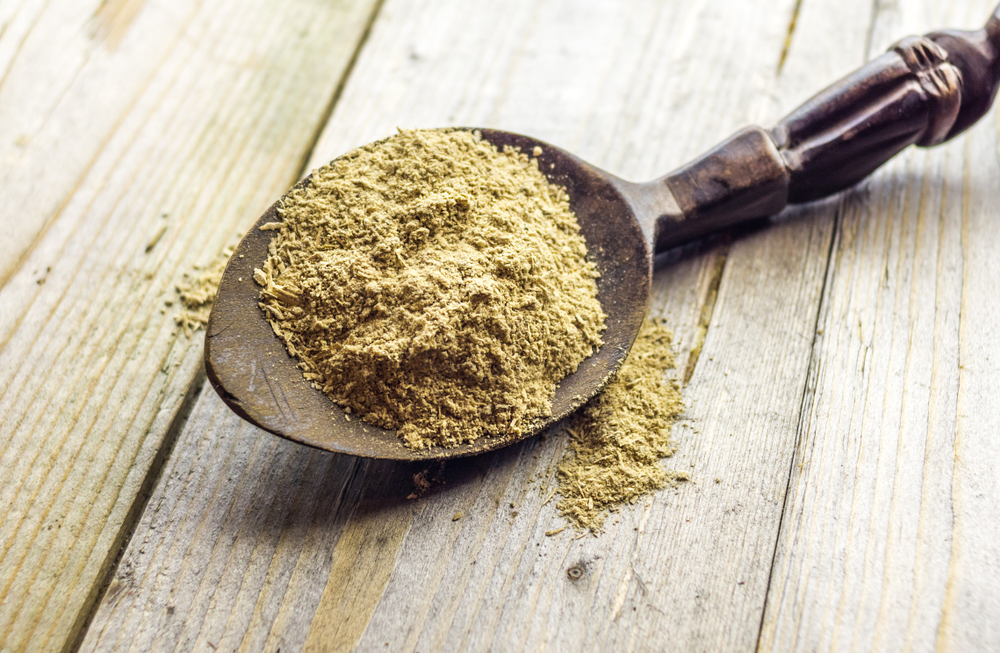
In some countries, kava plants are restricted due to their psychoactive effects. Overconsumption can lead to serious health issues, including liver damage.
Sassafras
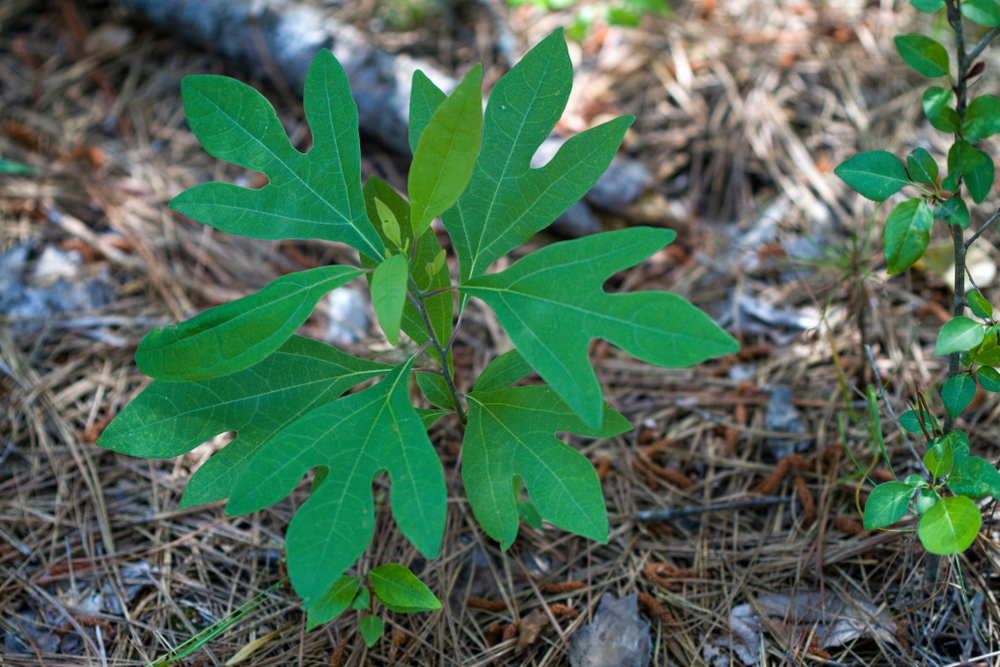
Once commonly used in teas and traditional remedies, sassafras contains safrole, a substance that has been banned by the FDA for use in foods or drugs due to its carcinogenic properties.
Japanese Knotweed
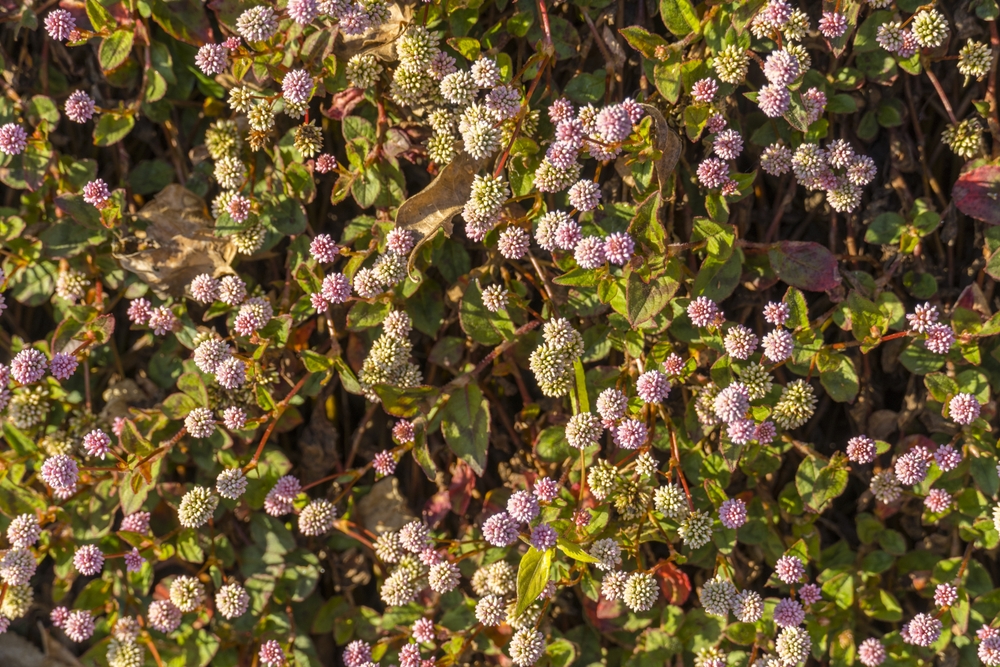
This plant is incredibly invasive, capable of damaging building foundations and overtaking native plants. As a result, its cultivation and spread are controlled in many areas.
Purple Loosestrife
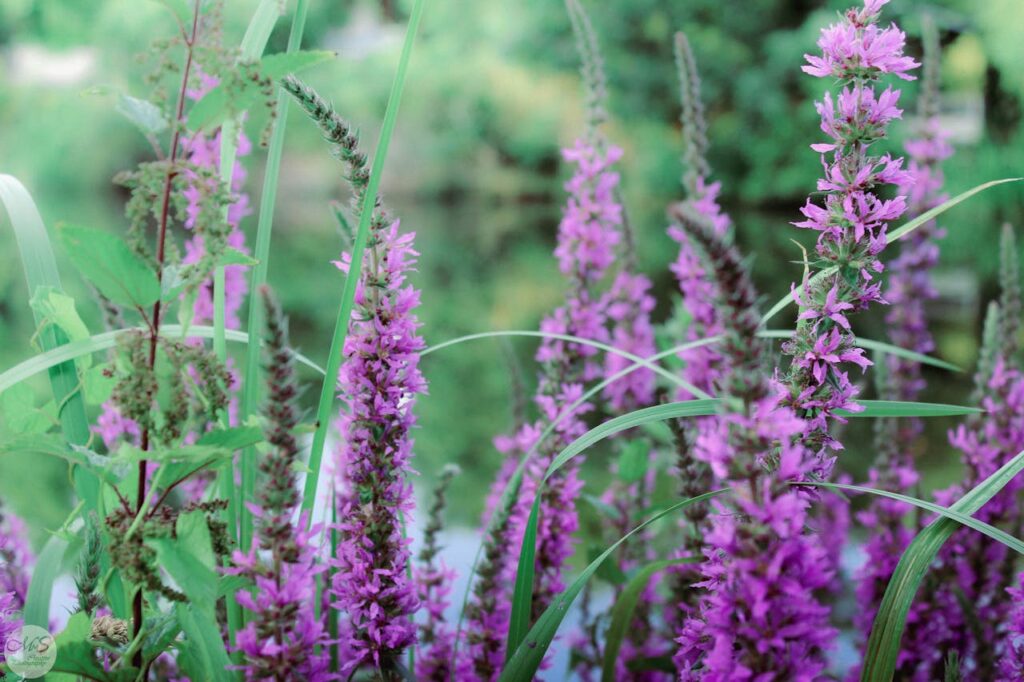
Another invasive species, purple loosestrife can quickly dominate wetlands, displacing native flora and fauna, leading to bans on its cultivation.
Mirabelle Plums
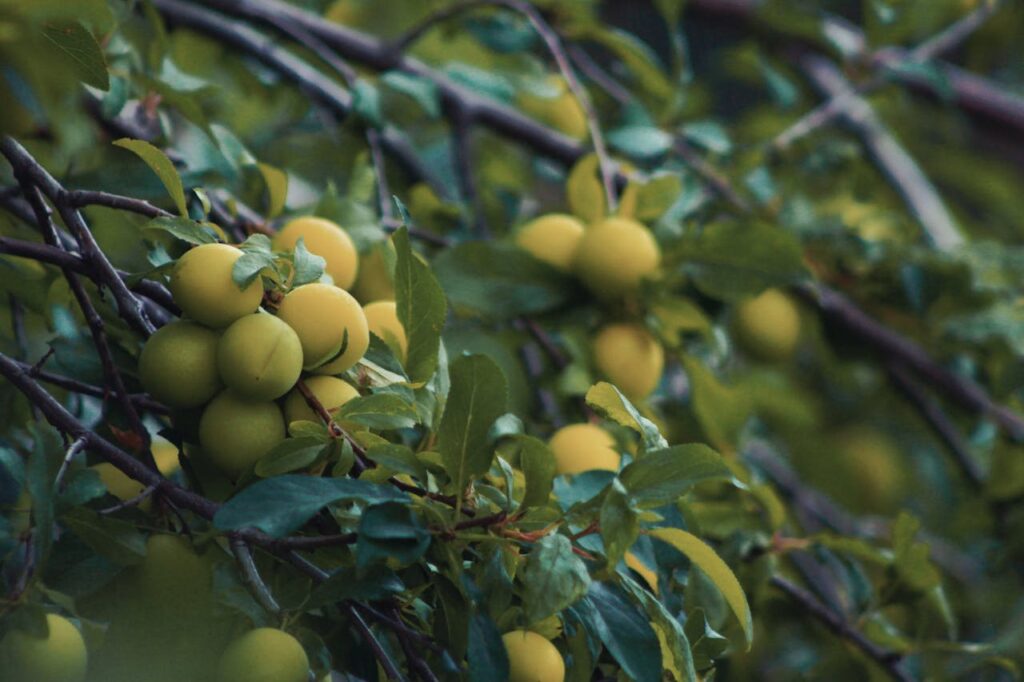
In some regions, particularly in France, the cultivation of Mirabelle plums is highly regulated to protect the integrity and reputation of local produce.
Absinthe Herb (Artemisia absinthium)
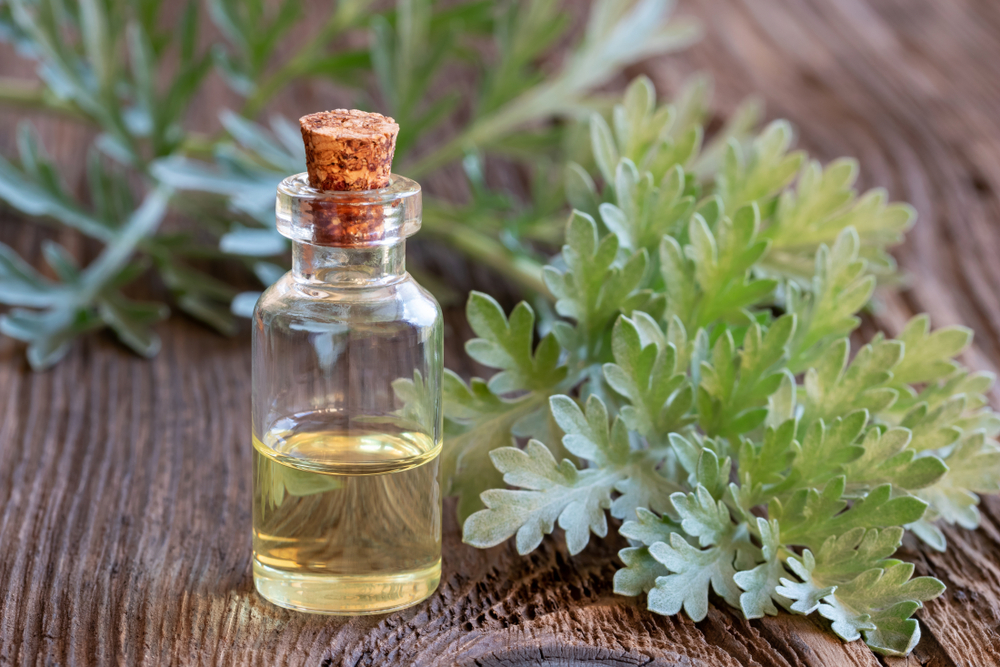
This herb is key in making absinthe, a spirit once banned in many countries. Restrictions on growing the plant are often in place due to its association with the drink.
Beluga Caviar
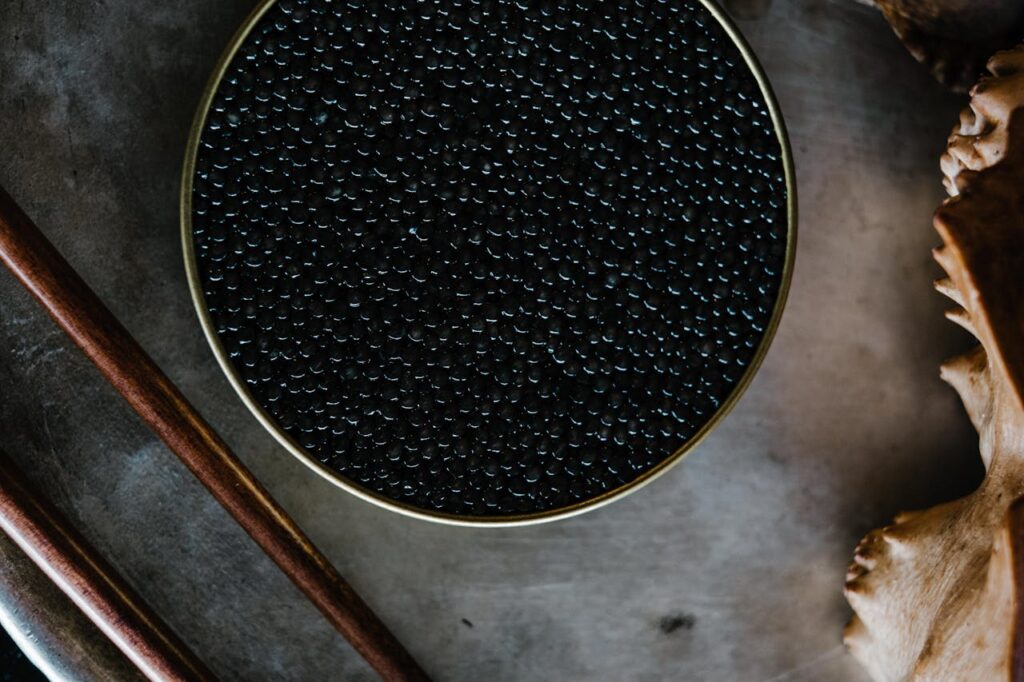
Producing beluga caviar involves breeding sturgeon, which are endangered species. Regulations and bans on private breeding are in place to protect these fish.
Uncultivated Berries
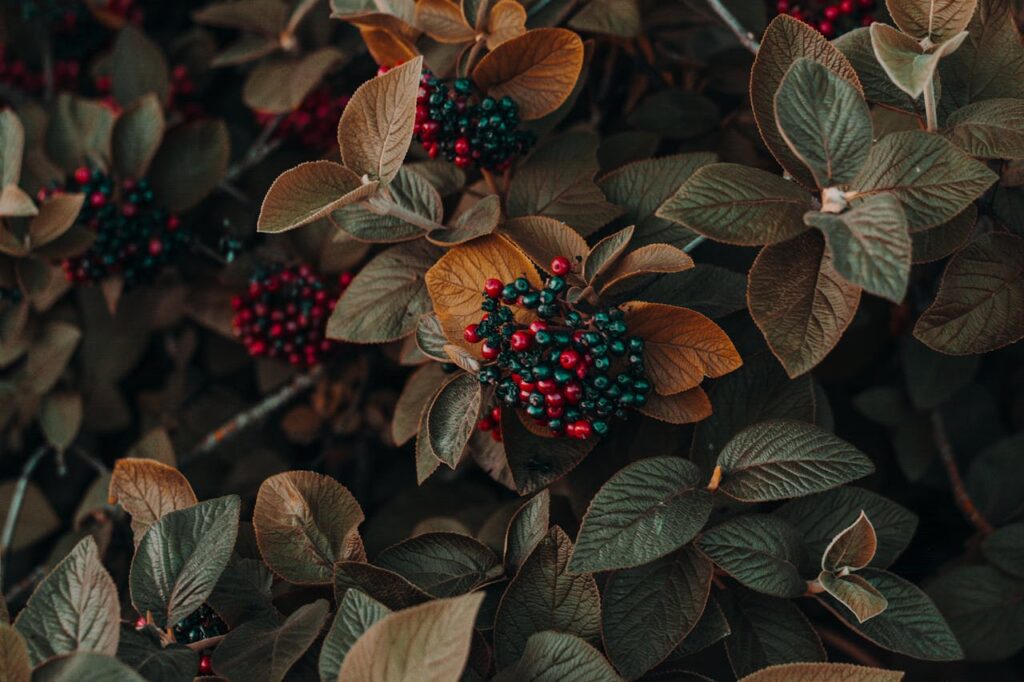
In some areas, picking wild berries is regulated or even prohibited to preserve natural flora and ensure public safety against potentially poisonous look-alikes.
Bitter Almonds
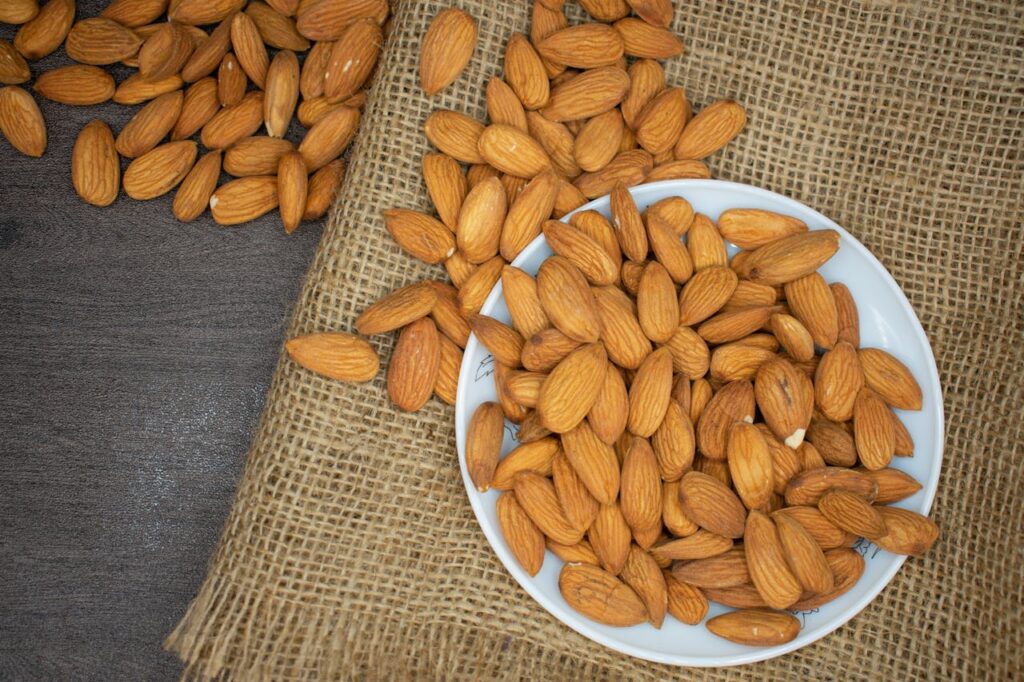
While not typically grown on a large scale, bitter almonds contain cyanide and are toxic in their raw form. They are regulated to prevent poisoning.
Cherimoya
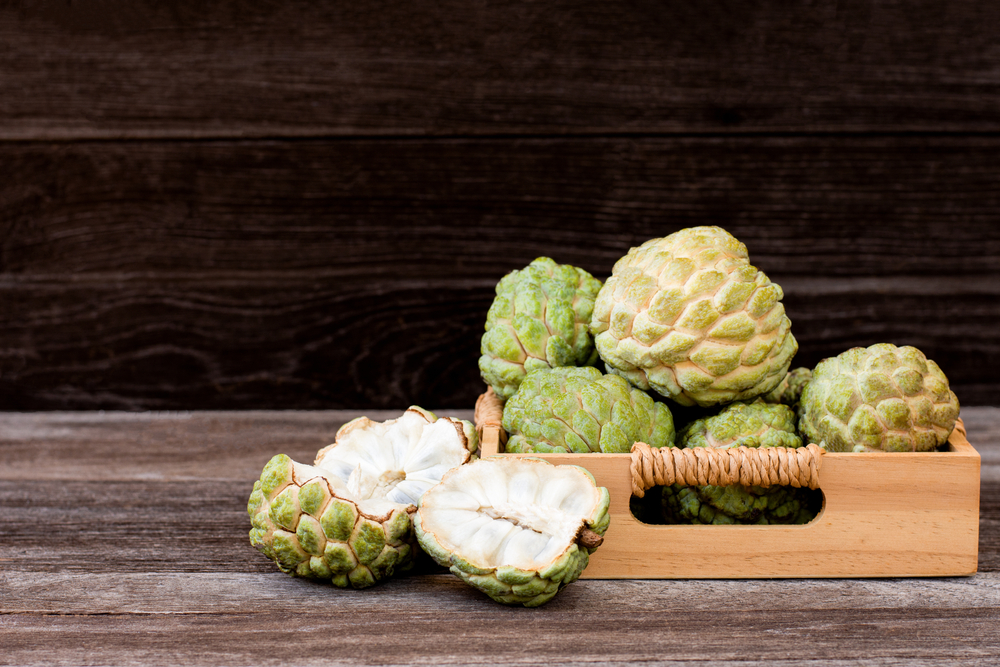
Because it needs specific pollinators, uncontrolled cultivation of cherimoya can disrupt local ecosystems, leading to restrictions.
Genetically Modified Crops (GMOs)
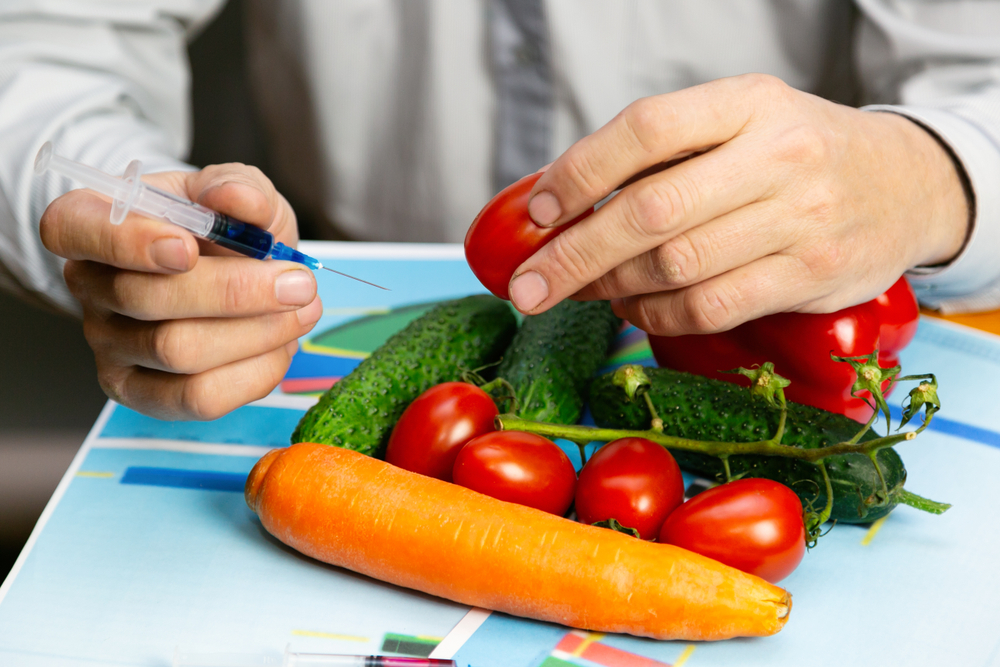
Certain jurisdictions ban or control the cultivation of GMOs to protect local agriculture and prevent cross-contamination with non-GMO crops.
Loganberries
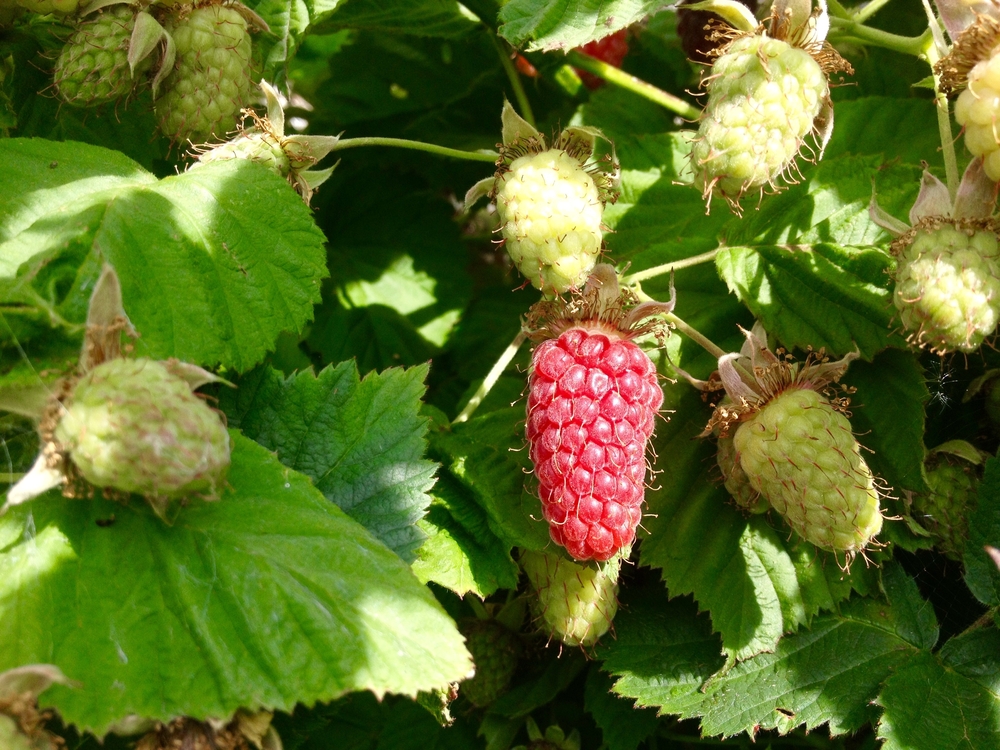
In some places, loganberries are restricted due to their ability to cross-breed with other berry types, potentially threatening the genetic purity of local species.
Sea Buckthorn
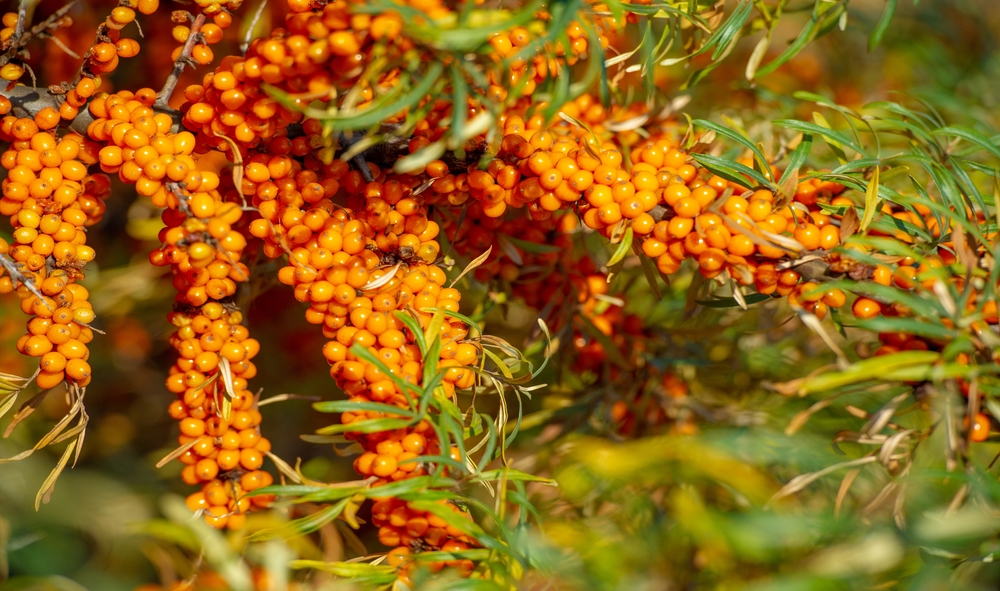
Due to its aggressive root system and high water consumption, sea buckthorn may be banned to protect local water tables and prevent it from outcompeting native plants.
Foxglove
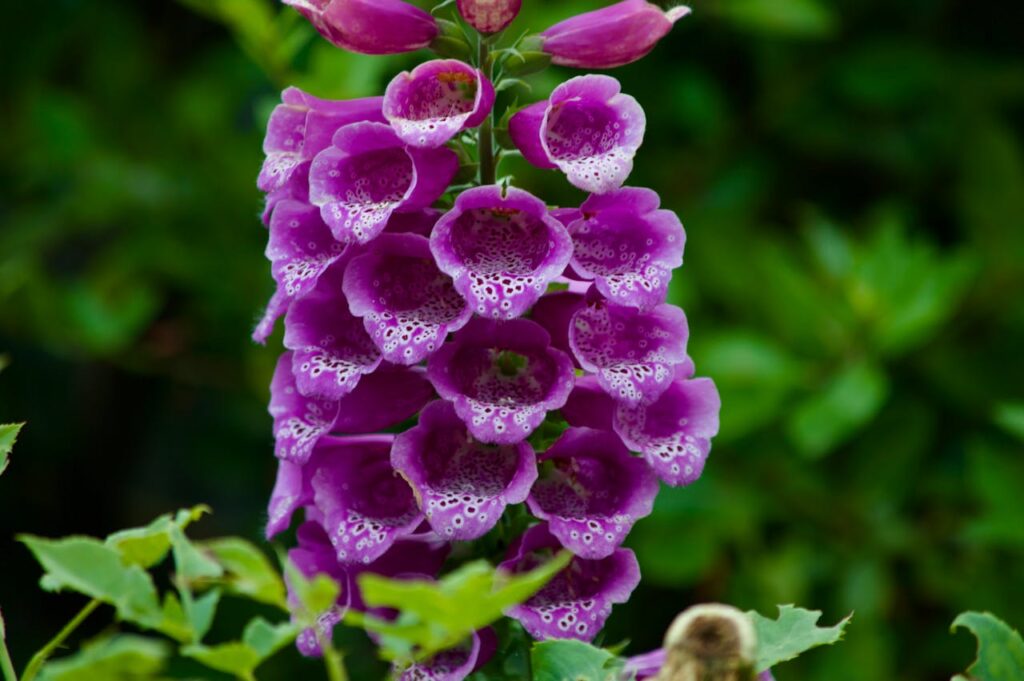
While beautiful, foxglove is highly toxic and is often restricted in residential areas to prevent accidental poisonings.
Horse Chestnut
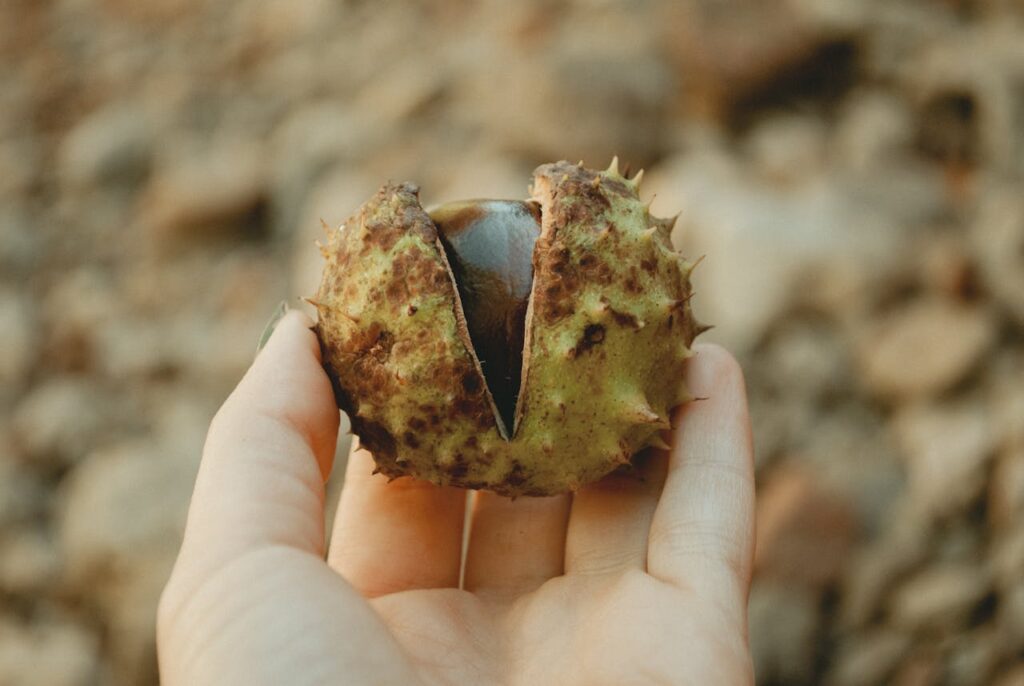
The nuts of horse chestnut trees are toxic to humans and animals, leading some places to restrict planting these trees in public spaces.
Rhubarb Leaves
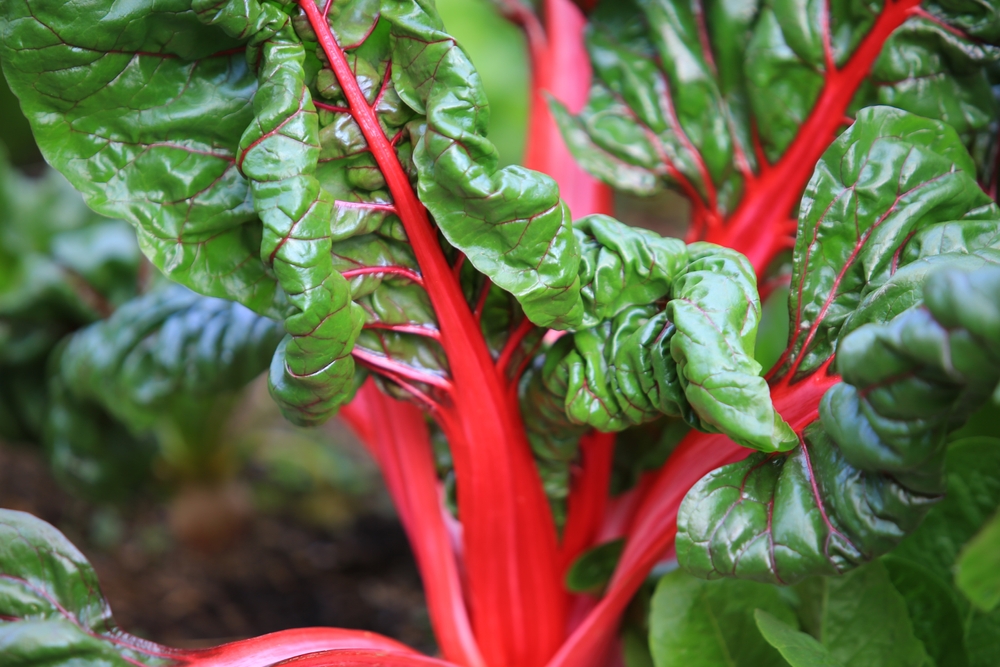
Rhubarb leaves contain oxalic acid, which is toxic. While the stalks are edible, the plants are sometimes restricted in community gardens to prevent confusion.
Morning Glory
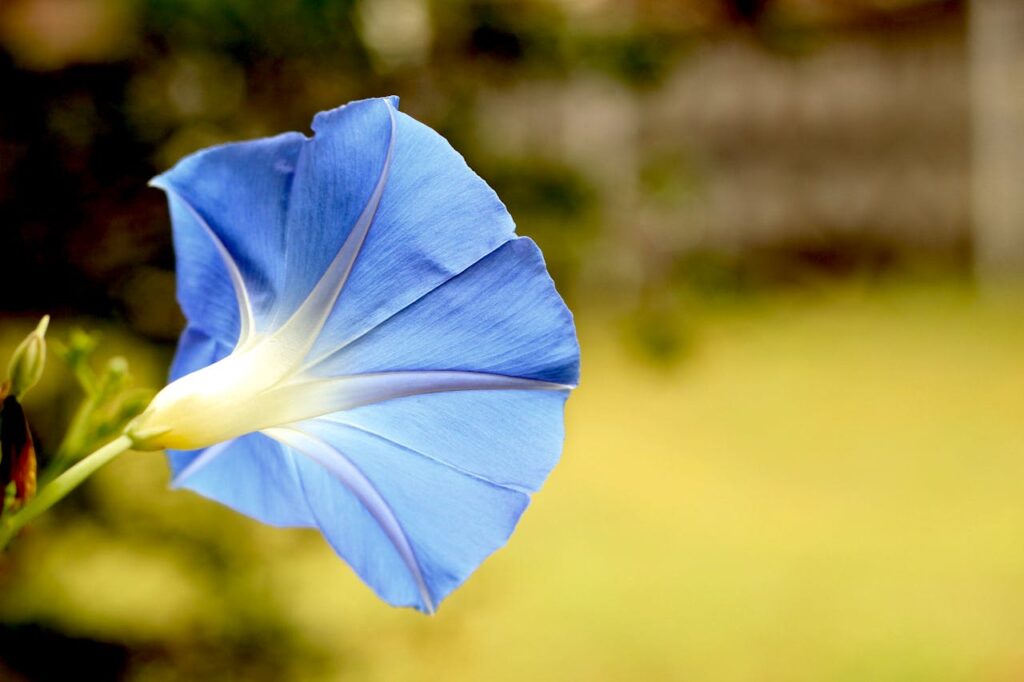
The seeds of some morning glory species contain lysergic acid, which can be used to synthesize LSD. Its cultivation can be regulated to prevent misuse.
This article originally appeared on UnifyCosmos.
More from UnifyCosmos
23 Essential Skincare Tips for All Skin Types

The article highlights key steps and products, like moisturizing and SPF, to improve skin health. It empowers you to make informed choices for your skincare routine, tailored to your unique needs. Read more!
25 Surprising Facts About Dreams and How We Sleep

Join us on this journey as we delve deeper into the wonders of this fundamental aspect of human experience. Read more!
20 Common Relationship Mistakes to Avoid

This article offers insights into recognizing and rectifying these mistakes, helping couples strengthen their bond. Through practical advice, it aims to guide partners towards a more understanding and resilient connection. Read more!
Leave a Reply